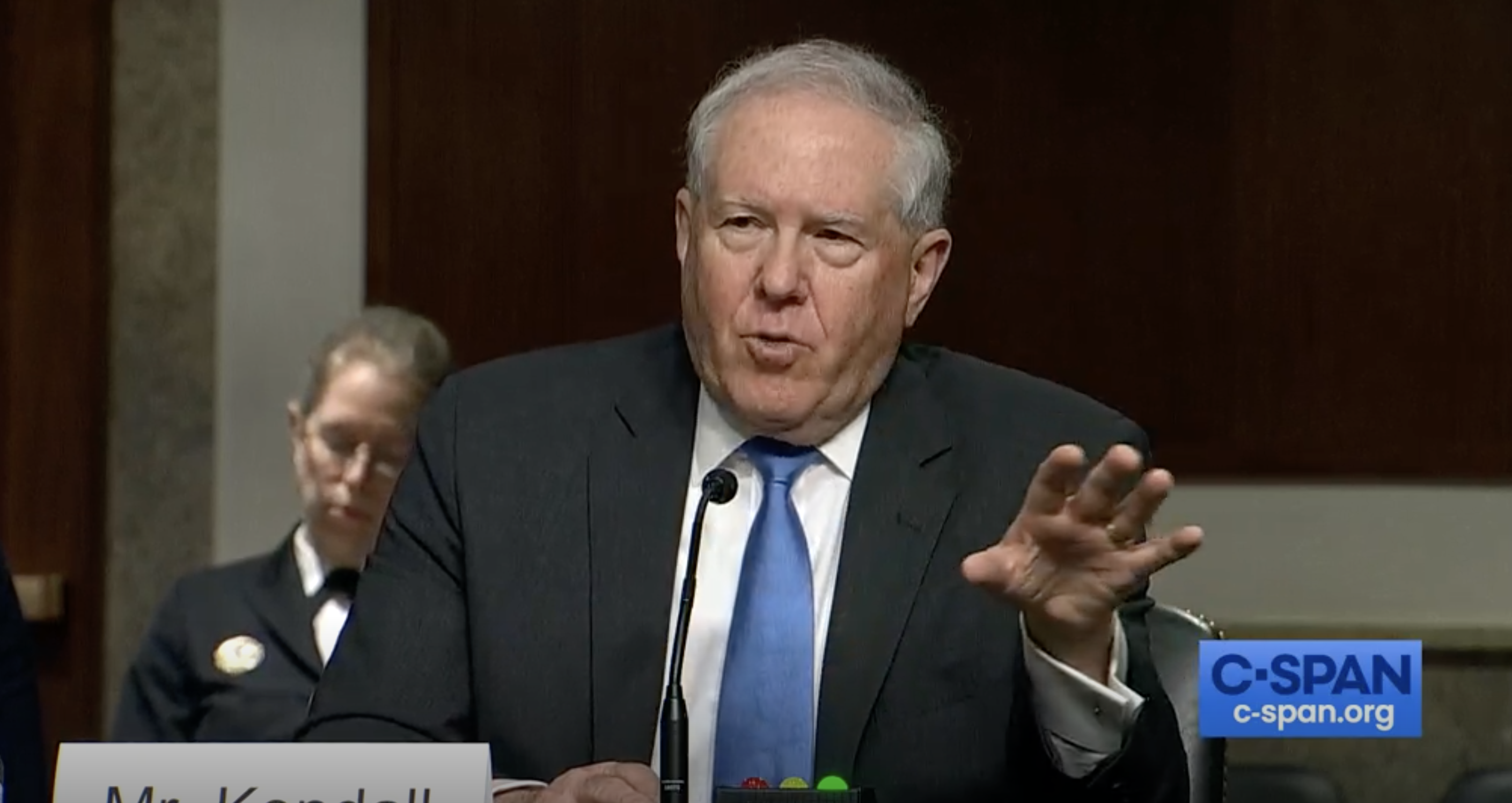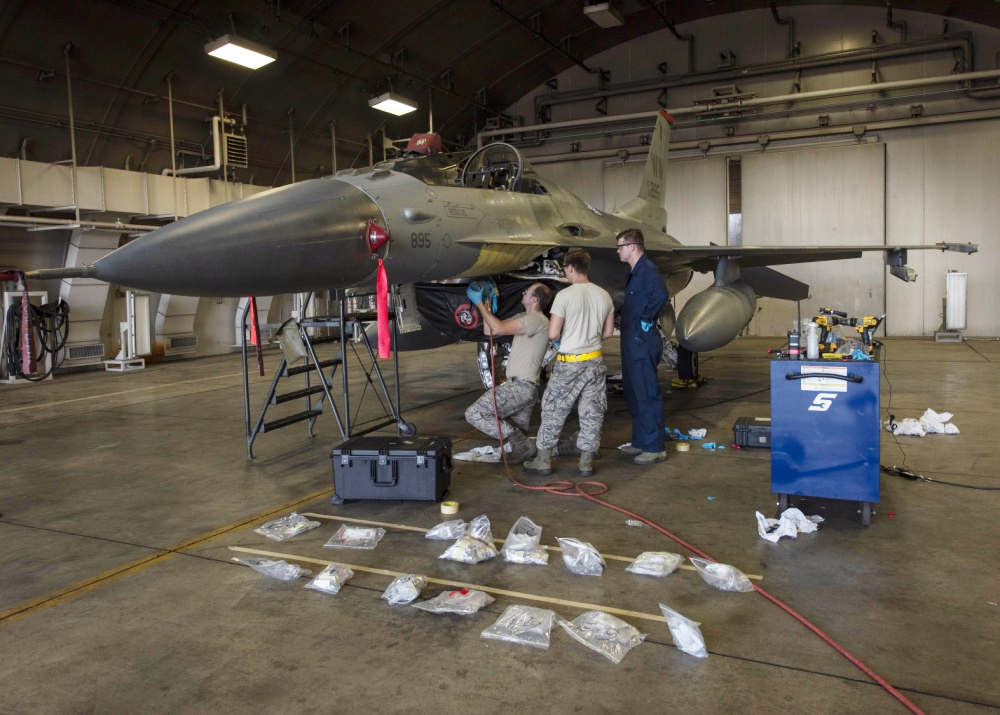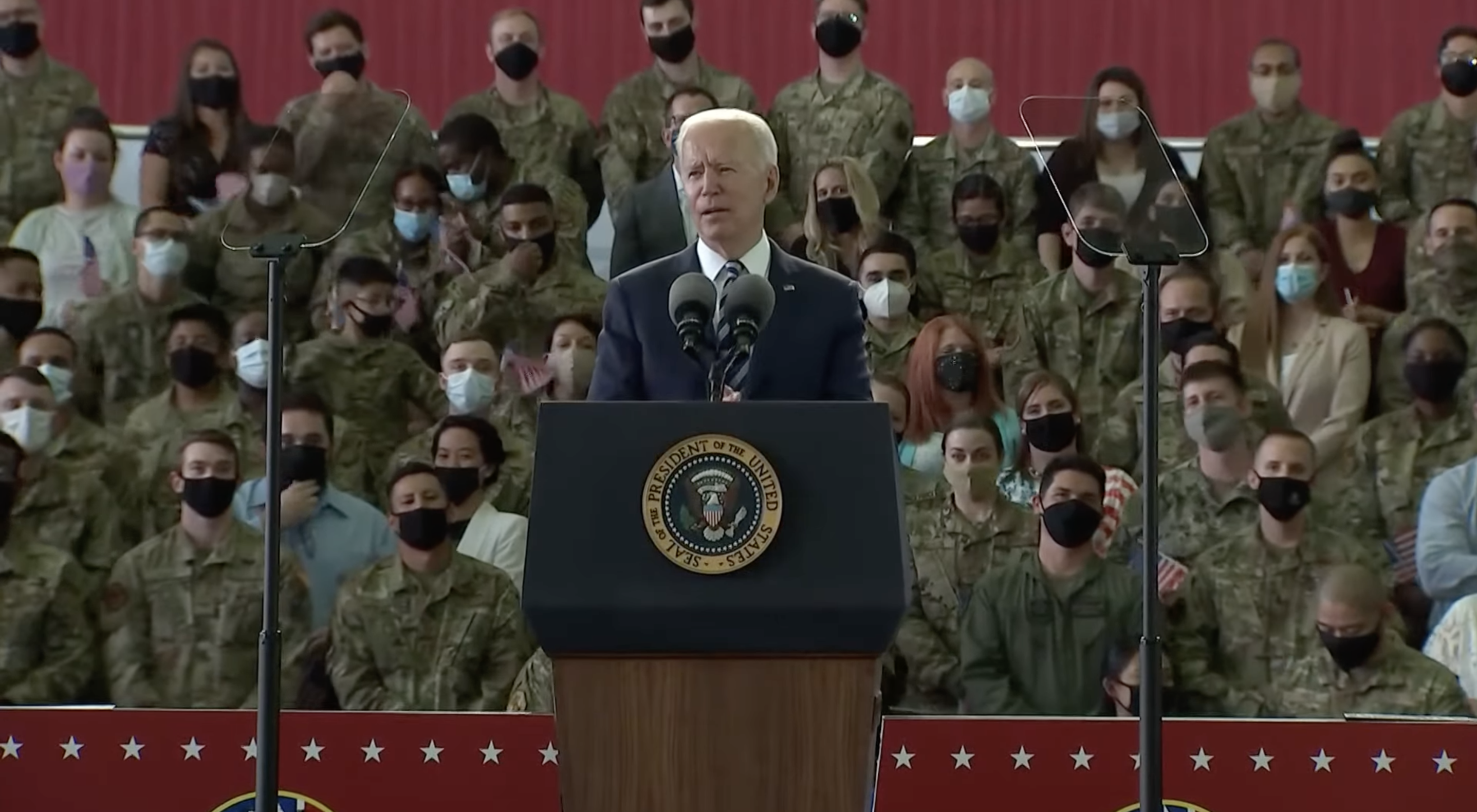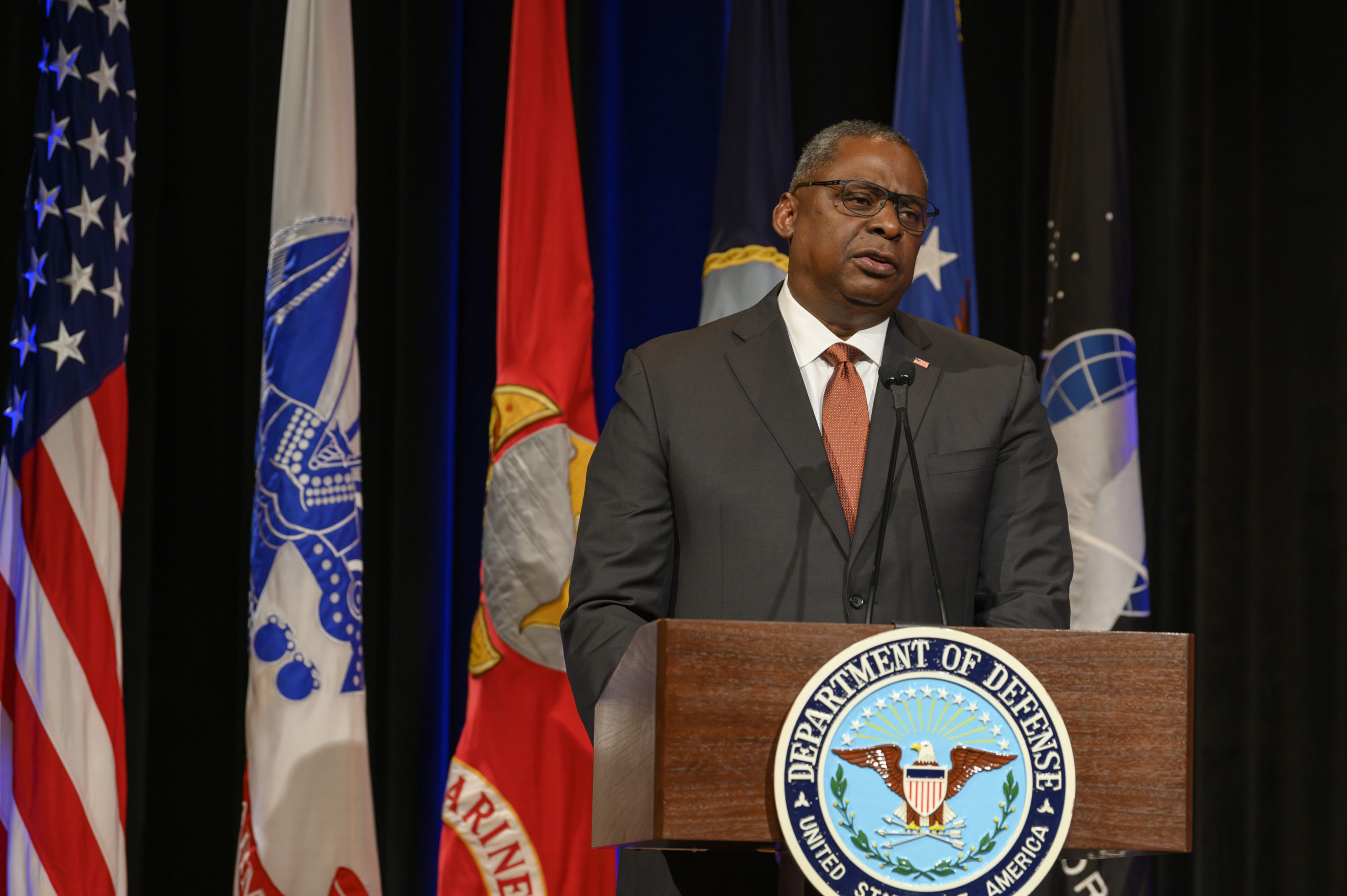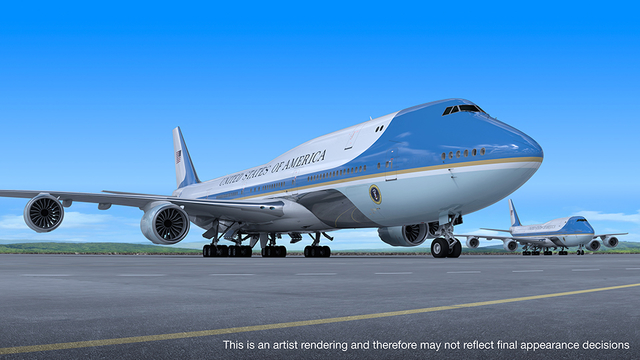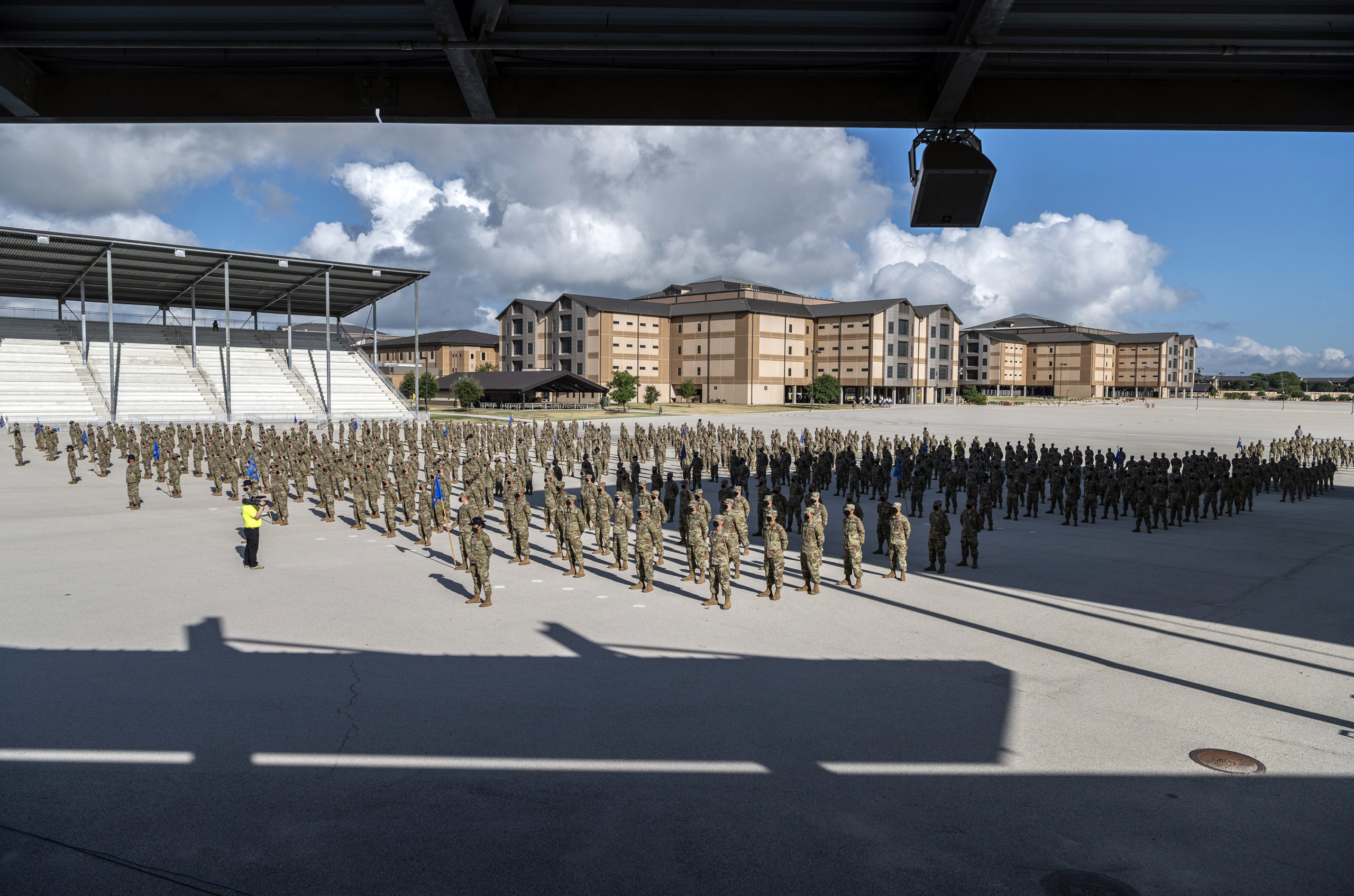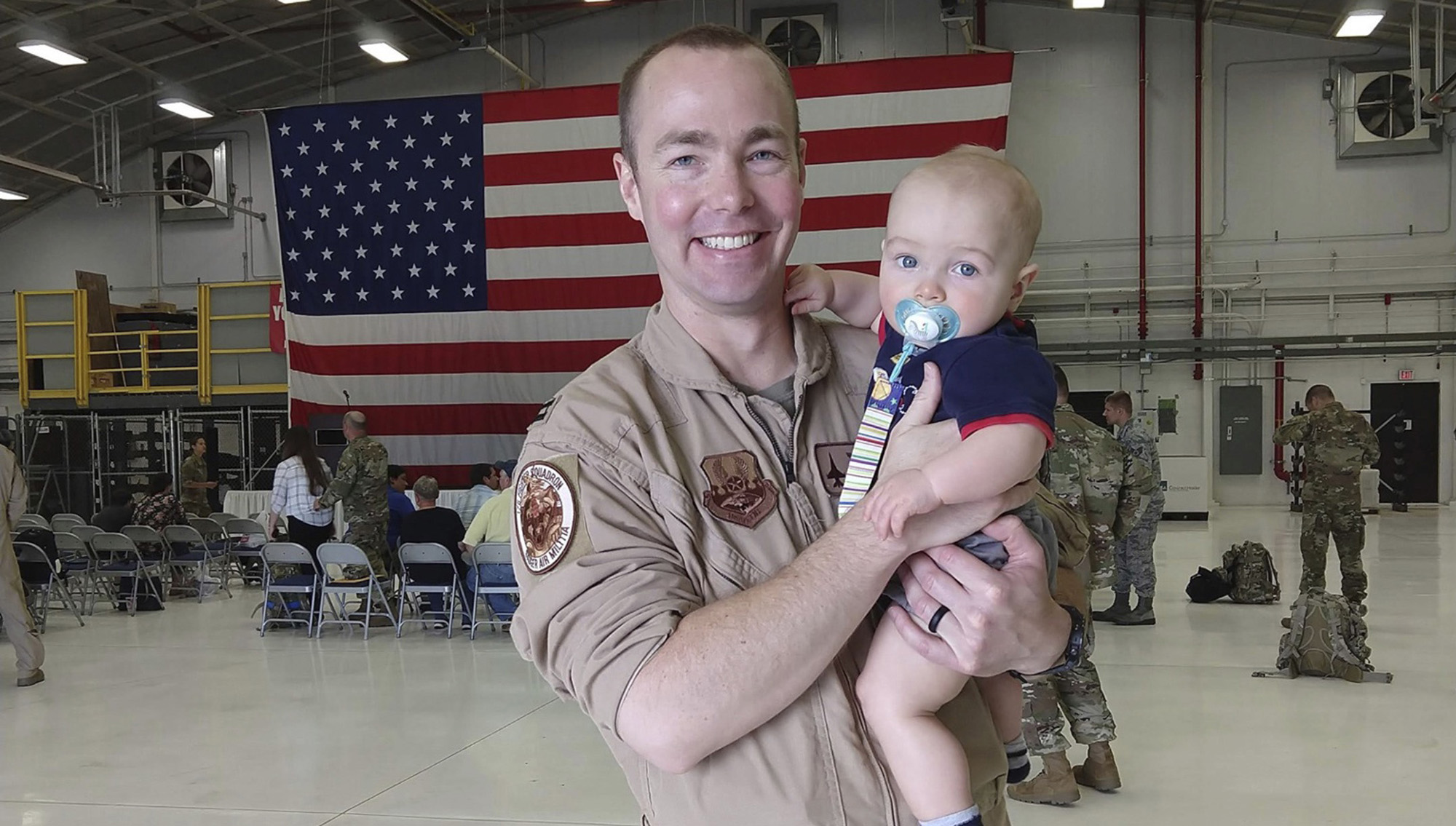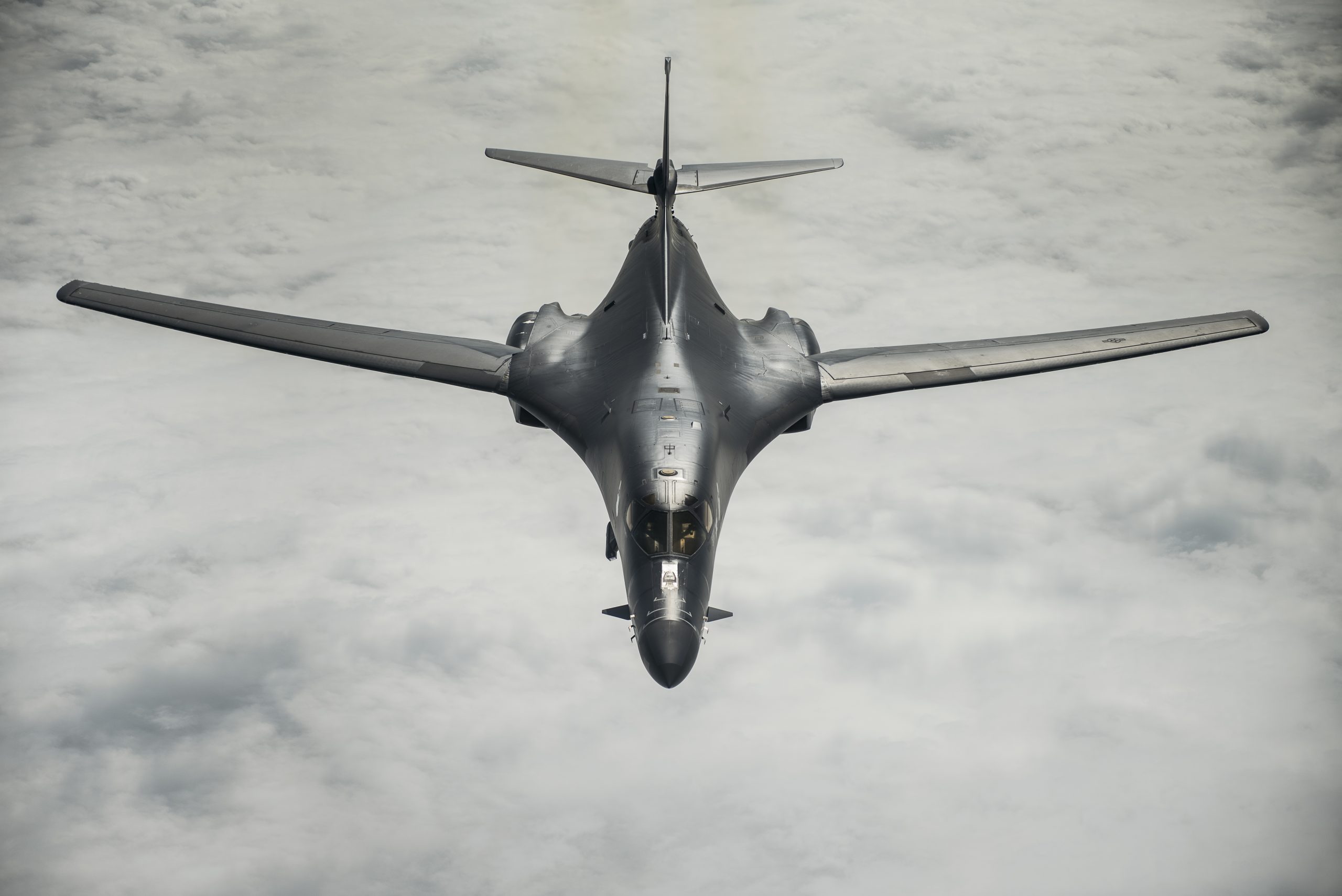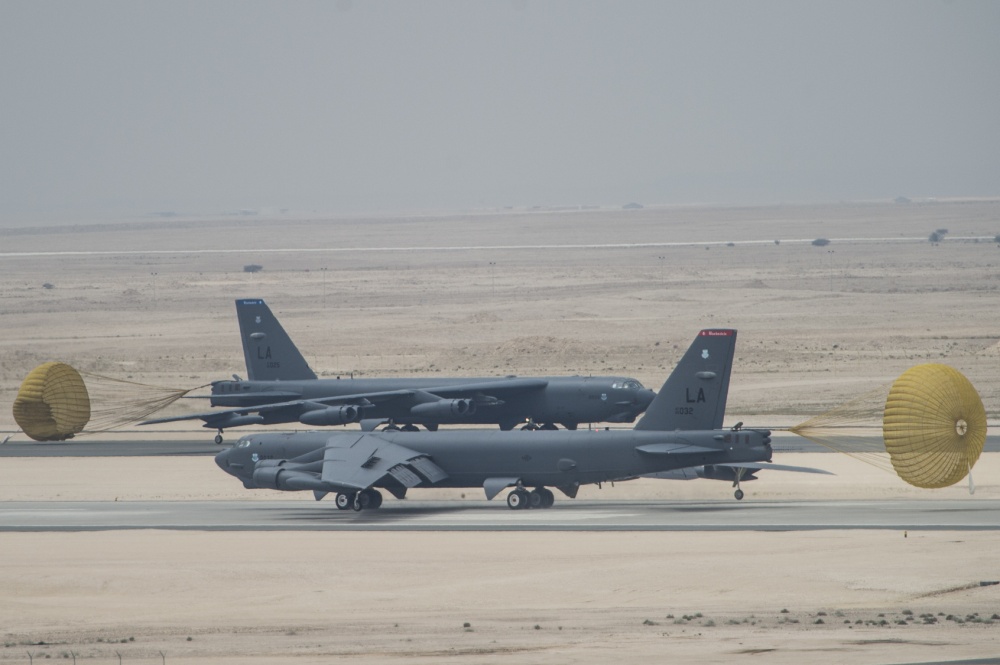The Senate Armed Services Committee on June 10 advanced the nomination of Frank Kendall to be the next Secretary of the Air Force, setting him up for a floor vote soon.
Kendall, who served as the No. 3 in the Pentagon during the Obama administration as the under secretary of defense for acquisition, technology, and logistics, was picked for the job in April. During his May 25 nomination hearing, Kendall said he wanted to return to the Pentagon because of his concerns about China’s rapid modernization.
“That is the reason, perhaps, that I’m interested in coming back into government, … and hopefully, to be confirmed, is to address that problem,” Kendall said.
During the hearing, he said he supports a fleet of 145 B-21s, continued buys of the F-35, and retaining much of the A-10 and MQ-9 fleet. While overseeing Defense Department acquisition, he criticized the F-35 program as “acquisition malpractice” but eventually became a supporter as the program progressed.
The smooth hearing and quick voice vote sets Kendall up for an expected easy vote on the Senate floor, though the date has not been set.
Also on June 10, the committee advanced the nominations of:
- Heidi Shyu to be the under secretary of defense for research and engineering
- Susanna Blume to be the director of the Cost Assessment and Program Evaluation office
- Jill Hruby to be the administrator of the National Nuclear Security Administration
- Frank A. Rose to be the NNSA’s principal deputy administrator
- Deborah G. Rosenblum to be the assistant secretary of defense for nuclear, chemical, and biological defense programs
- Christopher P. Maier to be assistant secretary of defense for special operations and low-intensity conflict.
